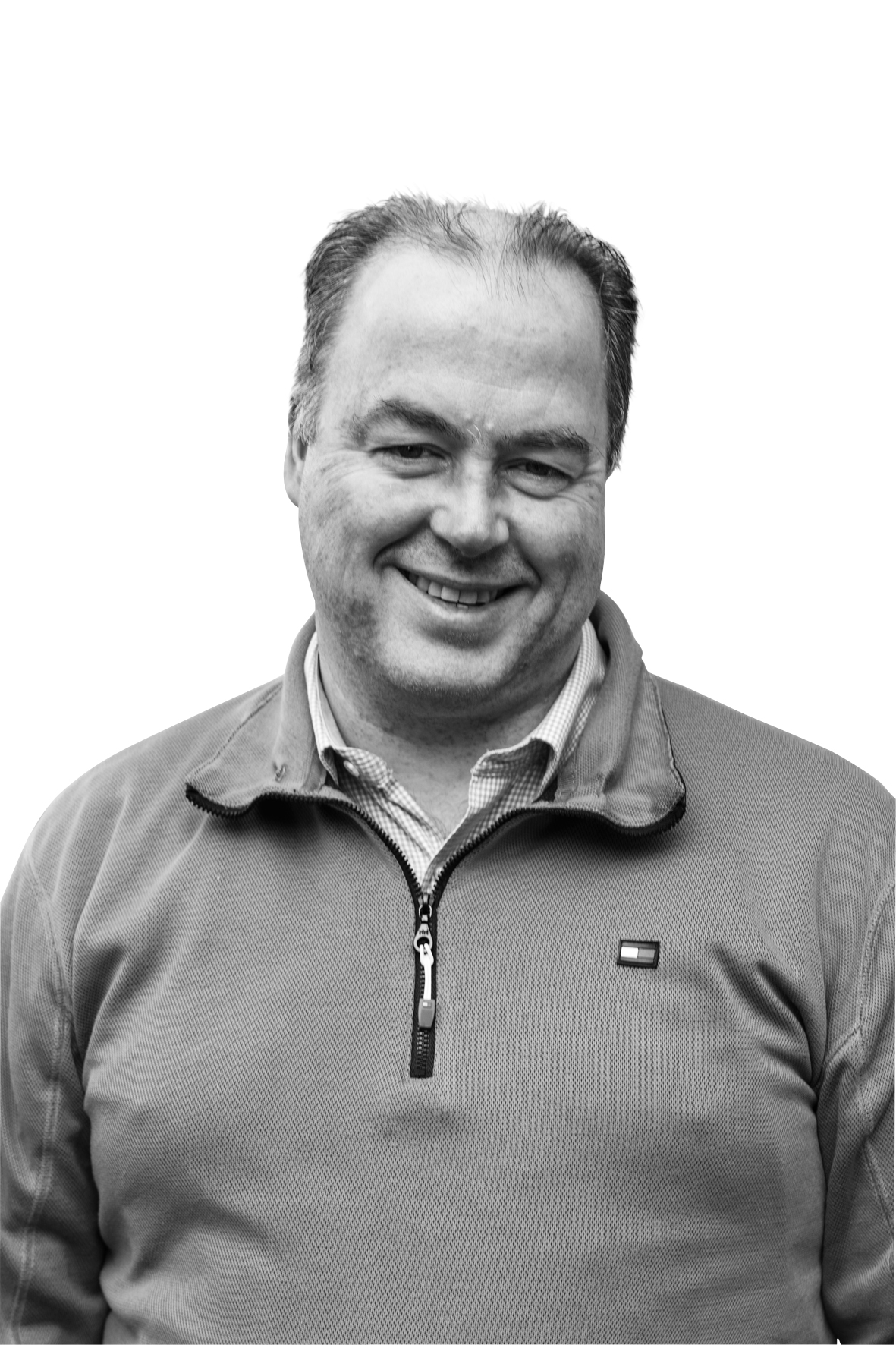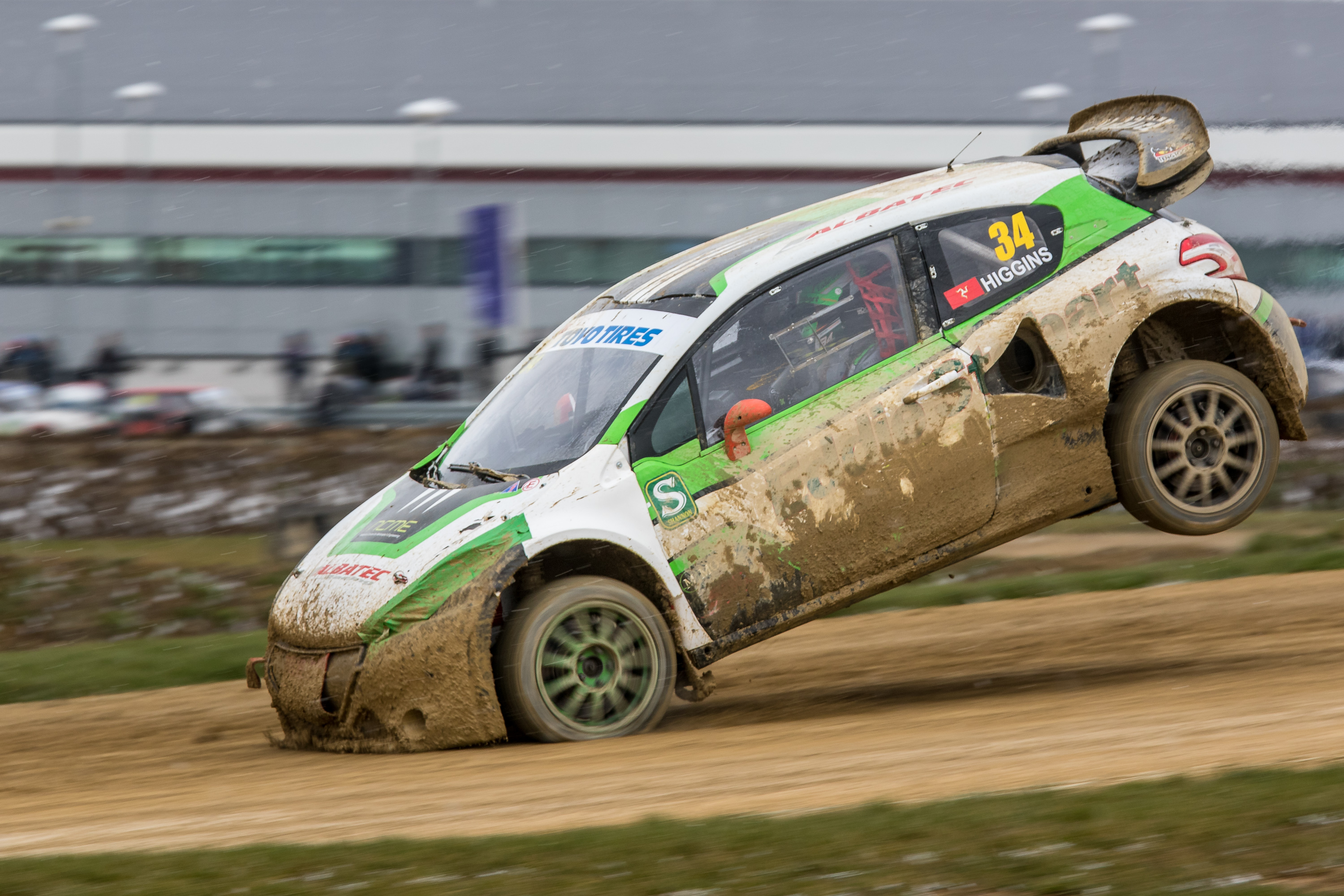Is photography too easy?
Does your modern Canon camera help you capture better photos, or simply do it all for you now?

Canon EOS digital cameras have revolutionized photography for amateurs and professionals in many ways. Early digital cameras with LCD screens to review images meant that everyone could learn from mistakes during the shoot, and adapt their working process. As time has gone on, advances in technology have made Canon cameras so good you have to wonder if hard-learned camera skills are no longer needed.
Being old enough to remember the importance of getting the correct exposure for slide films, the flexibility and accuracy of the metering systems have taken the need to be precise away. I think this is an acceptable change – I still want to be in charge of my pictures, but I no longer feel constrained by exposure.
Using Manual exposure mode, I select the shutter speed and aperture appropriate to my creative intent and let the camera determine the ISO. In effect, I am using the technology to aid my photography, rather than simply limiting me to shutter or aperture decisions.

Brian is a freelance photographer and photo tutor, based in Oxfordshire. He has unrivaled EOS DSLR knowledge, after working for Canon for over 15 years, and is on hand to answer all the EOS and photographic queries in Canon-centric magazine PhotoPlus.
Visit Brian's website
Autofocus (AF) is one of the elements that initially drew me to my first EOS camera, the EOS 650 way back in 1987. For most subjects, AF is simply better able to give me the sharp results I want. Now I just have to be sure that I understand what it identifies as subjects and, sometimes, be ready to override the automation. However, even that is getting less and less.
With all these innovations making photography more automatic, it feels like there is a point where you can take ultimate control of the most essential elements of picture-taking, composition, and lighting. Whether you hold the camera in your hands or place it on a tripod, you are choosing what is in the frame and where it’s placed.
Being free to pay more attention to the content, knowing that technology will get it in focus, and correctly exposed is a good thing. Fold-out LCDs on some EOS let the camera be placed at the optimum position for the subject, we’re not bound by the need to look through the viewfinder to check our shot.
The EOS cameras of today make us better photographers by giving us the opportunity to fully consider the subject and its position within the frame. Ensure you understand how and when the tech works, but make use of it to allow you to create your best images. It’s like the camera is a partner to help you shoot better photos.

PhotoPlus: The Canon Magazine is the world's only monthly newsstand title that's 100% devoted to Canon, so you can be sure the magazine is completely relevant to your system. Every issue comes with downloadable video tutorials too.
You might also like the best Canon lenses and the Canon EOS R10 review.
Get the Digital Camera World Newsletter
The best camera deals, reviews, product advice, and unmissable photography news, direct to your inbox!
Brian is a freelance photographer and photo tutor, based in Oxfordshire. He has unrivaled EOS DSLR knowledge, after working for Canon for over 15 years, and is on hand to answer all the EOS and photographic queries in Canon-centric magazine PhotoPlus.

